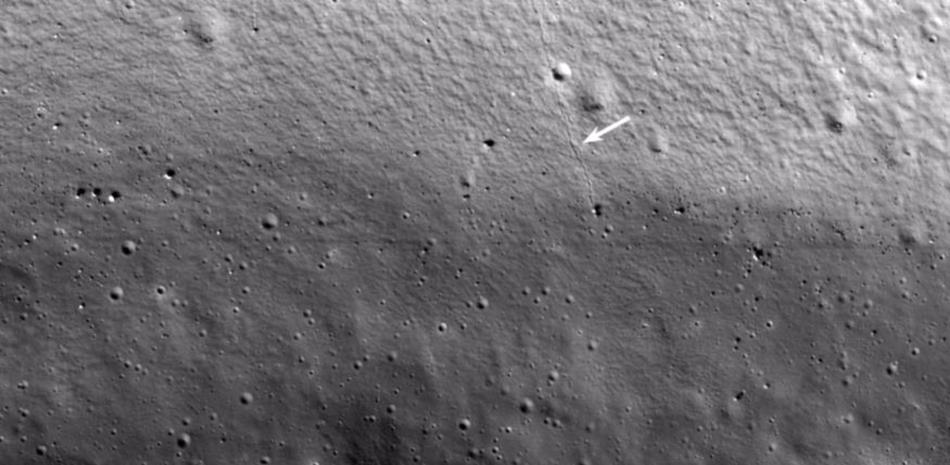Last Christmas Eve, a meteorite hit Mars. Seismic waves from the shock traveled across the planet’s surface and were picked up by a seismometer on NASA’s InSight probe. Thanks to this, today we know more about the crust of Mars.
Seismic waves are important to scientists because they can provide a lot of information about the structure of the space they travel through. They are, in a way, a way of mapping a planet.
If the waves are deep, they provide information about the core and mantle, but if they are shallow, They reveal what a planet’s crust looks like.
Since landing in 2018, the InSight probe has detected seismic waves from 1,318 ‘Marsquakes’ – some caused by small asteroids – but all from deep within the planet, Never from the surface.
But on December 24, they got lucky, and for the first time, InSight captured surface waves three years after reaching Mars. These waves, and those caused by another meteorite impact earlier this year, led to two studies published today in the journal Science.
“This is the first time that surface seismic waves have been observed on a planet other than Earth. Even the Apollo missions to the moon didn’t do that.”says Toyon Kim, a researcher at the ETH Zurich Institute for Geophysics and lead author of the study that analyzed the Insight data.
To confirm the origin of these unusual waves, another team of scientists analyzed images taken by the Mars Reconnaissance Orbiter. It shows a large crater with a diameter of 130 meters About 3,500 kilometers from where InSight was.
Exploratory Orbit of Mars They also obtained images of the crater from the second impact 7,500 kilometers from InSight., whose surface waves reverberated across the planet. The data were included in a second study.
This is revealed by the data collected by InSight’s instruments Mars’ crust is denser and more homogeneous than previously believed.
Until now, only a portion of the Martian crust has been studied by the InSight landing site, but “Observations of these surface waves allowed us to extend our knowledge of the structure of the crust beyond that point.”Martin Schimmel, co-author of the Barcelona Institute of Geosciences and Research, explains.
Thanks to this new information, “we saw the crust of Mars on the lander, “Probably not representative of the overall structure of the planet’s crust.”Schimmel emphasizes.
Based on their measurements, the InSight landing site is a low-density structure, but after studying surface waves, the team found that the Martian crust is much denser. An important discovery because a planet’s crust provides clues about how it formed and how it has evolved over the past few thousand years.
The crust may be different than previously thought “due to volcanic resurgence processes. And, in fact, a large part of the path of surface waves crosses volcanic provinces,” explains the researcher from Geociencias Barcelona.
Another explanation is that the crustal structure under Insite formed at the same time. From material ejected by a large meteorite impact 3,000 million years ago.
As dust settles on its solar panels, InSight is expected to end its mission in December 2022, but until then, Data from this study will help us better understand the Red Planet.
Actually, the team at ETH Zurich Hopefully the results of the largest Mars earthquake recorded to date will be available soon. The event, recorded last May, had a magnitude of 5 and produced surface seismic waves captured by the probe.





/cloudfront-eu-central-1.images.arcpublishing.com/prisa/DQBQGSFJWVBQXB6WQW2G6J63CQ.jpg)